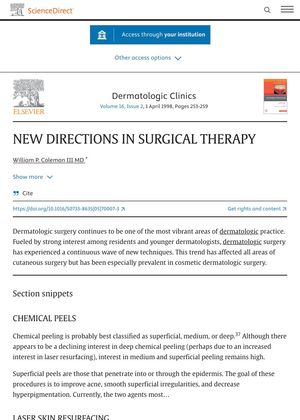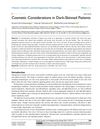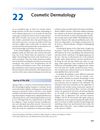New Directions in Surgical Therapy
April 1998
in “
Dermatologic Clinics
”
chemical peeling superficial peels medium peels deep peels laser resurfacing carbon dioxide lasers dermabrasion hair removal tumescent liposuction lidocaine vascular lasers telangiectasia sclerotherapy hair restoration micrografting minigrafting chemical peels CO2 lasers liposuction hair transplants

TLDR Surgical skin treatments improved with new methods like laser resurfacing, combined techniques, and better hair and fat removal options.
In 1998, surgical dermatology was rapidly evolving with new techniques and tools. Chemical peeling was classified into superficial, medium, or deep, with the latter losing interest due to the rise of laser resurfacing. Superficial peels were used to improve acne, smooth superficial irregularities, and decrease hyperpigmentation. Carbon dioxide lasers were efficient for dermatologic surgery, especially for removing cutaneous growths. A trend emerged in combining laser resurfacing, chemical peeling, and dermabrasion. Various lasers were available for vascular problems and pigmented lesions. For hair removal, the FDA approved several lasers, but none could permanently remove hair. Tumescent liposuction was performed using local anesthesia and more dilute concentrations of lidocaine. Vascular lasers were used for treating telangiectasia of the lower limbs, but were not more satisfactory than traditional sclerotherapy. Hair restoration changed dramatically with the onset of micro-and minigrafting in the mid 1980s, relegating large grafts to a minor role.





